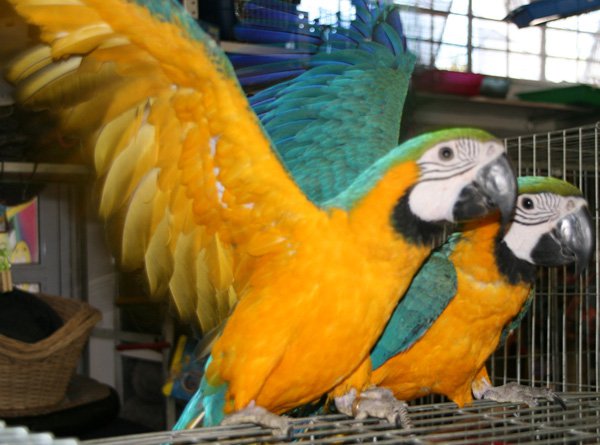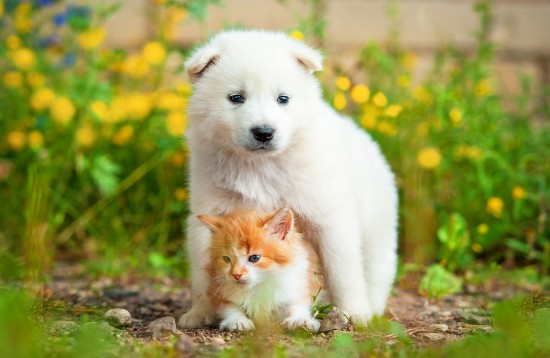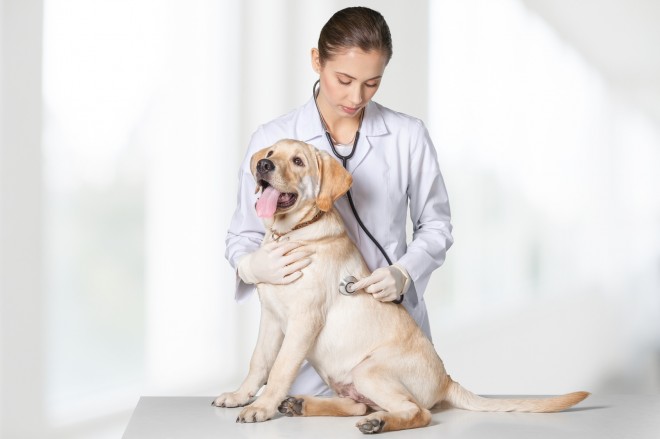
Deciding when to euthanize a pet is not easy. Usually, people decide it is time to euthanize their pet when their pet’s quality of life is no longer satisfactory. But, how does one go about measuring quality of life?
There are a number of physical and emotional factors to consider when measuring quality of life for your pet. The following factors will help you determine whether or not it is time to euthanize your pet and will help you make this difficult decision while knowing that you did the best for your pet.
Has your pet had a change of appetite? Your pet needs to eat enough food to be sufficiently nourished. If he/she is unable to chew, has problems swallowing, or regurgitates food moments after eating, your pet will not get the nourishment it needs and will eventually starve. When your pet can longer eat, it is his/her signal to you that it is near the end.
Does your pet have trouble getting around? Even though your pet has trouble getting around, that does not mean that he/she is unhealthy or is ready to be euthanized. Many elderly or injured pets have this problem and continue to have a good quality of life. When measuring quality of life where mobility is concerned, it is important to know the difference between a pet that can no longer jump into a car and one that can barely take care of its daily functions such as eating and elimination. Animals that are in serious, constant pain when they move, cannot lie down without falling, or cannot walk without assistance do not have a good quality of life.
Does your pet seem confused? Elderly pets are no different than elderly people. They sometimes forget things they used to know. In the case of animals they may forget such as commands or become disoriented in once familiar surroundings. If this confusion is due to hearing or vision loss, you and your pet will have to make adjustments. It does not mean that it is time to euthanize your pet.
Does your pet have trouble breathing? Sometimes this is caused by allergies or an infection and can be remedied with medication. However, if it is due to an illness such as cancer or a heart condition, it is a more serious matter that in most cases cannot be reversed.
Is your pet uncomfortable or in pain? Many animals do not complain when they are in pain. However, it is possible to determine their level of pain by observing their expression, the way they sit, and the way they move about. If they have a worried look, tense posture even when in a relaxed position or cannot move or be touched without crying, they are in considerable pain. Sometimes they will even seek out safety under a bed or in a crate to avoid being touched. Snapping and flinching when touched is a sign that your pet is in great pain, especially if your pet was previously docile.
Is your pet no longer responding to treatment? Do the side effects of treatment outweigh the potential gains? It’s natural to want to do everything possible to keep our pet alive. However, sometimes we are doing more harm than good by having them undergo multiple surgeries and take medications with serious side effects.
To determine when to euthanize a pet, carefully consider all of the above factors. If your pet can no longer eat, is in constant pain, has an incurable disease that has taken its toll, or cannot eliminate without your assistance, you must decide whether to euthanize or let your pet die naturally. If you decide to let your pet die naturally, please be aware that it will not be a comfortable process for your pet.
It’s not easy to let go of a beloved pet, but sometimes it is the more loving choice to help the pet die comfortably through euthanasia. It’s also important to realize that by prolonging your pet’s life, you are delaying your loss, which is not helping your pet.
No one wants to say goodbye to their animal companion. However, it’s equally sad to see a pet in pain or distress. I hope the above considerations will help you through the decision making process for both you and your furry friend.
 A World Of Difference - How Cat Ownership In America Differs To The Uk
A World Of Difference - How Cat Ownership In America Differs To The Uk
 The Top Five Smallest Breeds Of Cat
The Top Five Smallest Breeds Of Cat
 Fruits and Vegetables for Dogs?
Fruits and Vegetables for Dogs?
 Tips To Help Establish A Happy Garden Share With Your Canine & Feline Friends
Tips To Help Establish A Happy Garden Share With Your Canine & Feline Friends
 Reasons For Why Dogs Might Not Urinate After Surgery
Reasons For Why Dogs Might Not Urinate After Surgery
 Rabbit Basics - Ten Facts All Potential Owners Should Be Aware Of
Rabbit Basics - Ten Facts All Potential Owners Should Be Aware Of
Copyright © 2005-2016 Pet Information All Rights Reserved
Contact us: www162date@outlook.com